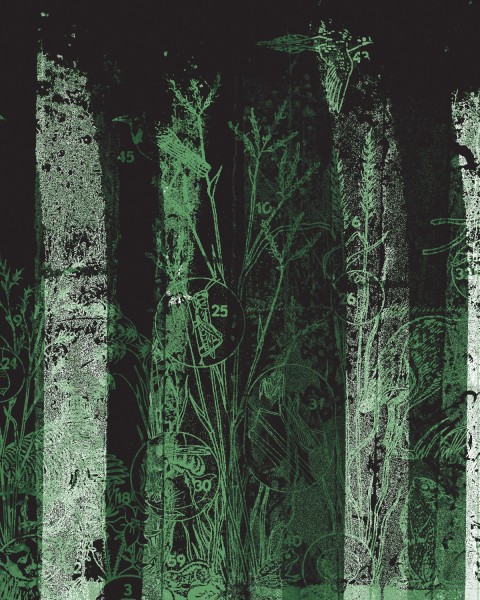The call of a remnant prairie
I’ve seen artists enchanted and haunted by the prairie, their work changed by spending time in the grasses.

Century illustration
There is a field next to my office. It’s set apart from the campus by an old split rail fence, and beyond it most of what you can see is a footpath, disappearing into tall grasses. It’s been there from time immemorial—not the fence, which dates to the 1890s or so, but the field, which is not really a field but instead a prairie.
I work at an artists’ residency—not as an artist but rather more as an email sender. For 18-day stays, the residency welcomes cohorts of about 15 artists at a time to pile into an assortment of historical mansions, state-of-the-art studios, and cozy living rooms to work and chat and focus in a way that otherwise can be impossible. (I should know, I’m often 50 yards and an entire world away, wrestling with HTML formatting.) Artists who have spent time at the residency talk about it as if it is full of some kind of creative magic. I take their word for it, for the most part—except for the prairie. The prairie I believe in.
My first week on the job, I joined a cohort of these artists under a sprawling crab apple tree for a tour. Jess, our garden and land manager, passed around a laminated sheet, one side with a recognizable, if somewhat patchy, map of the state of Illinois, all in red. “This is the amount of prairie land that Illinois had in the early 1800s,” she said. She flipped over the sheet to show a pinhead’s worth of red. “And this is the amount of untouched prairie that remains in the state, collectively. We’re standing next to part of it.”





